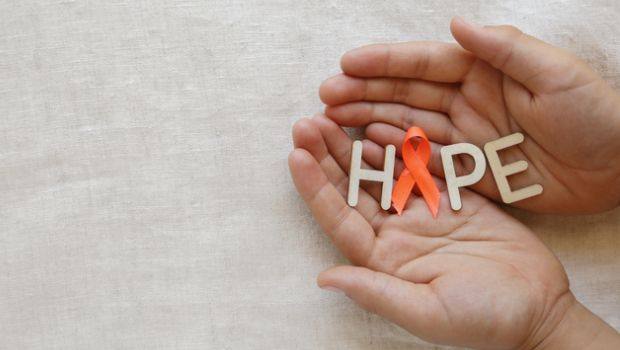Self-harm, screen addiction at root of gun violence

As thousands of students, teachers, and administrators across the United States prepared for this week’s “Walk Out” demonstrations against gun violence, I began to ponder the usefulness of such an event. PLEASE DON’T MISTAKE ME—I am GLAD that these students have a desire to do SOMETHING to change the trajectory of this country. In fact, it saddens me that the children are the ones forced to carry this burden. The adults, whose responsibility it is to protect and guide, have failed miserably at completing this mission.

While these actions demonstrate a desire for change, I fear they only target a superficial change and do not address the root of the matter: the heart. Most of us are familiar with weeds—even if only a rudimentary understanding. Weeds grow, you pull out the visible growth, and it grows again—usually with more vengeance than before. Such is the path of hate and destruction.
We focus so intently on gun statistics, but we seem oblivious to others that are interrelated.
The number of children and adults harming one another and themselves has been on a continual incline for decades. In 2010, 784 juveniles were arrested for murder; 2,198 were arrested for rape; and 35,0001 were arrested for aggravated assault. Robbery also comprises a large percentage of violent crimes among youth. It is important to note here that violent crime has since been on the rise and these numbers only include crimes that were actually reported.
Despite gaps, the study still indicates that “we certainly have a more troubled population,” said Carl Tishler, an adjunct associate professor of psychology and psychiatry at Ohio State University. “The study by researchers at the University of Manchester found that self harm was three times more common among girls than boys – and that those who self harm are at much greater risk of suicide. Self harmers are 50 times more likely to try to take their own lives.”
Our technological dependence is a contributing factor to these staggering numbers. “Children and parents now spend increased amounts of time online, which has led to a more disconnected style of parenting. And one of the other issues with more time spent online in chatrooms is that self-harming behaviours can be ‘normalised’ by peers.
Previous research has shown a ‘strong link’ between using online forums and self harming teens.” This may be a direct correlation to the systematization of gun violence. Furthermore, our culture has become obsessed with technology. I am guilty. Try finding an adult (or elementary-junior high student—and even in some cases, toddlers) without a phone or tablet substituting for a permanent appendage.
Others admitted that they stay awake until 2 a.m. every morning engaging in social media. Still others stated that they can simply delete messages without their parents’ knowledge and that they can hide their pictures from their parents. One teacher stated, “I also am a mother of three and have a pre-teen at home. He’s been talking about how he needs a smart phone, but I see the damage they are doing.”
She went on to say that teens simply don’t need smart phones, equating her findings with the ease of access to, and private experience with, the internet that these devices allow.
Students admitted to engaging in and experiencing cyber bullying, buying drugs, “sexting,” porn, sending and receiving nude photographs, “people who don’t care about you and treat you like crap,” and kids creating private accounts on which to conduct this behavior. Others admitted to talking to “online friends” and “people I’m not supposed to” to vent about their personal “mental health.” Students even frequently threaten suicide on such media, and many parents are oblivious. Only 5 out of this teacher’s 85 students responded that they did not have a social media account.
Children and adults are constantly inundated with violence in the news and as a form of entertainment. According to a study published in the Journal of Abnormal Child Psychology in 2016, such prolonged exposure to these stimuli obstructs individuals from internal resolution and manifests as external violent behavior.
The Florida shooter had a history of beating up his adoptive mother—once when she confiscated his X-Box. I have heard similar stories myself of children who turn violent when confronted with the removal of their technology sources.
This is an epidemic. Our kids have true, unequivocal, and unhealthy addictions—and they learn them from us. We continue to target the weapons used to execute these unthinkable actions, yet we refuse to confront the heart of the matter. Remember that weed? If we do not spend the time, energy, and honest effort to rip this thing up by its root, which is in the hearts of men, we will continue to see these horrific tragedies unfold—only they will become increasingly unfathomable and horrendous.
Adults must lead. Children must become a priority once again. We must instill values of honoring, supporting, and loving one another. Teach your children to value the differences inherent within others. Celebrate these differences—embrace them. Befriend someone you would normally avoid. Compliment a stranger. Spread kindness and love.
“Above all, love each other deeply, because love covers a multitude of sins” (1 Peter 4:8). Until we learn this lesson and impart it to our children, they will remain a vulnerable set of imminent statistics.
–By Jessica Bullard







